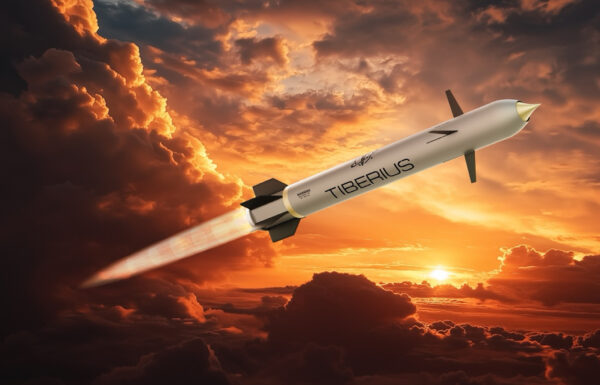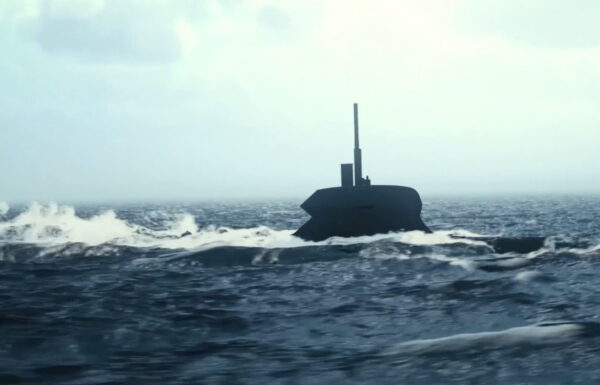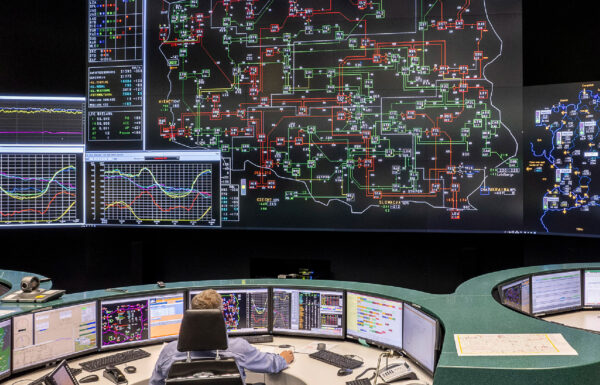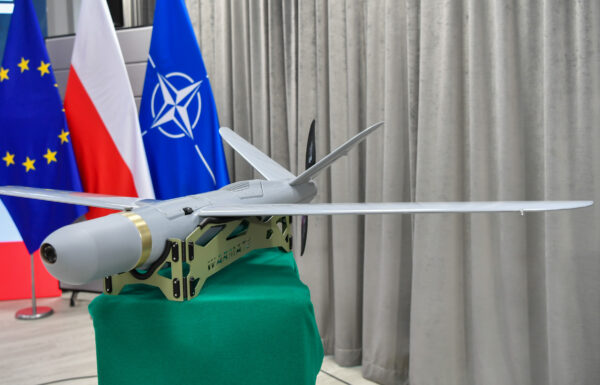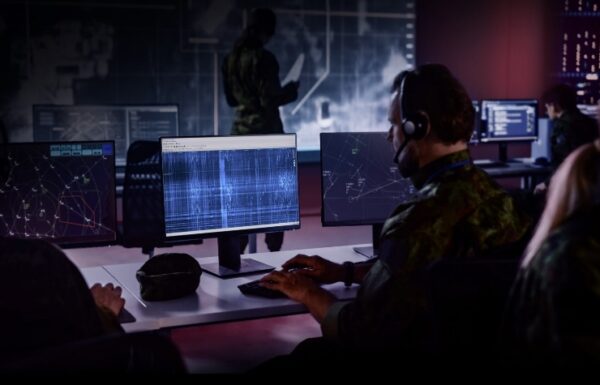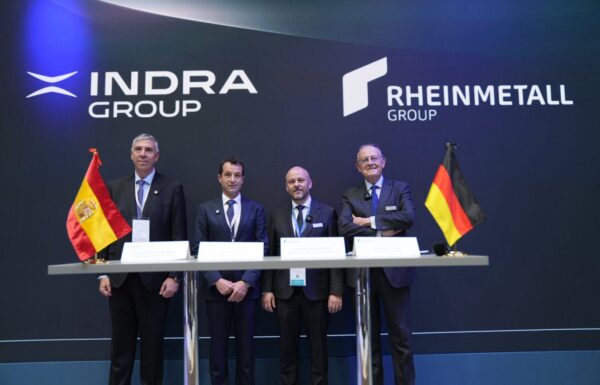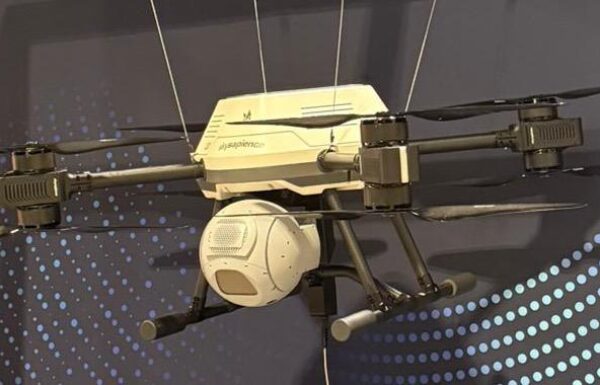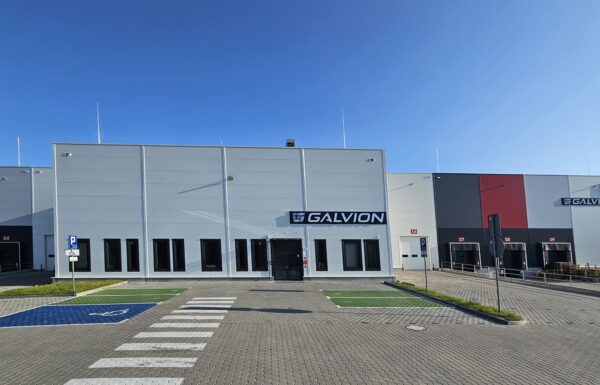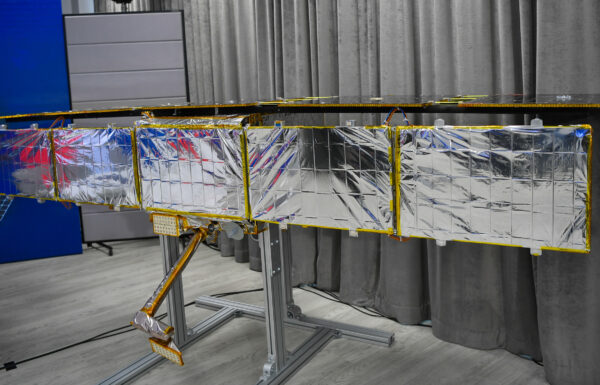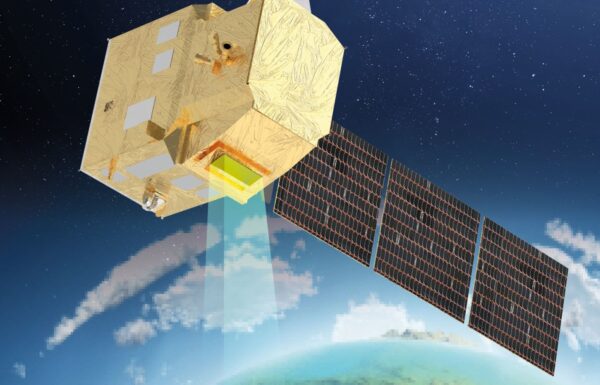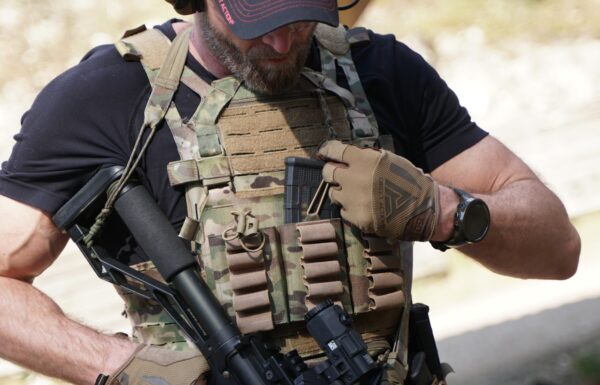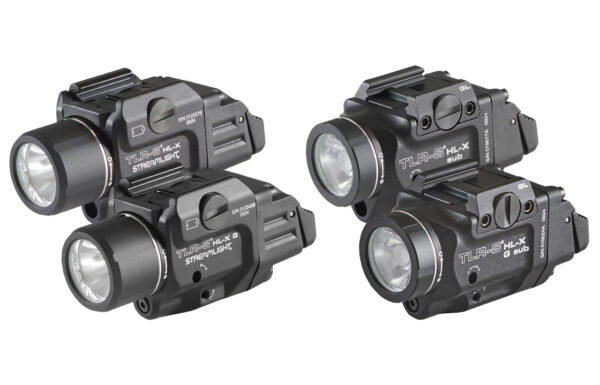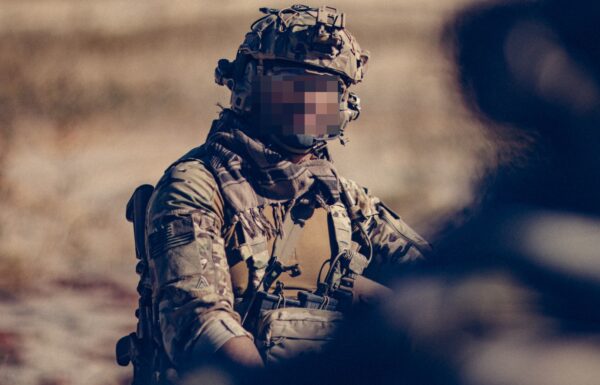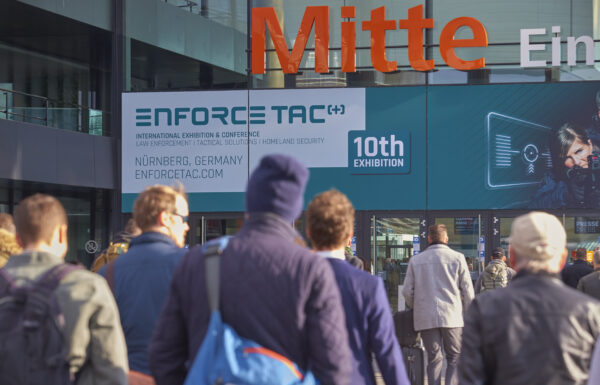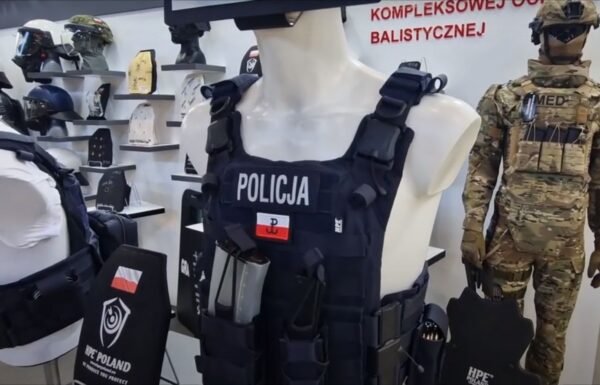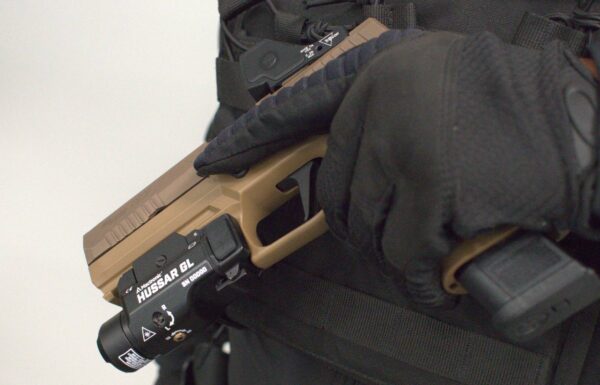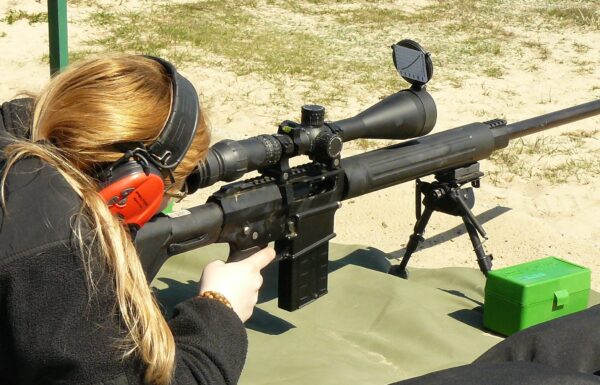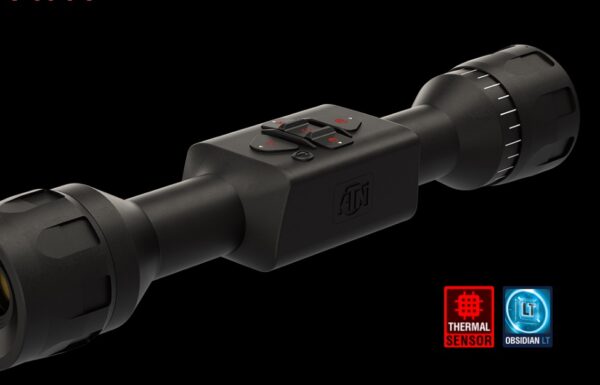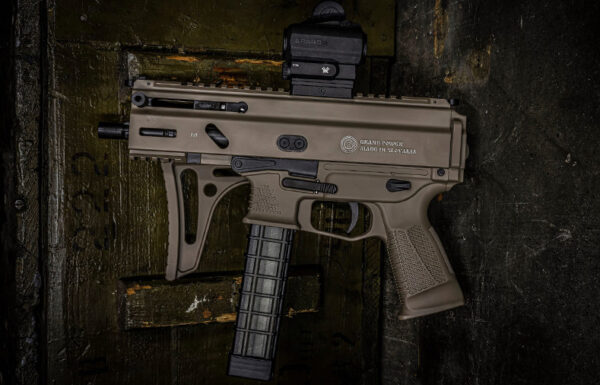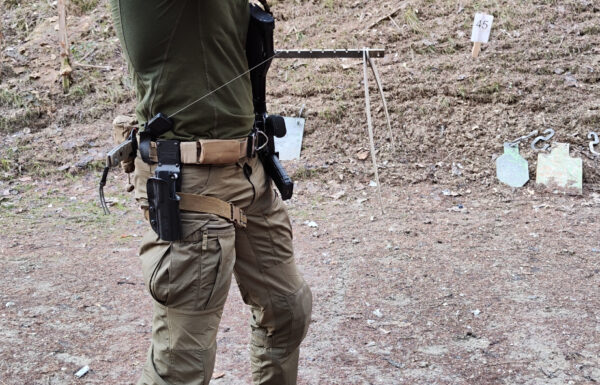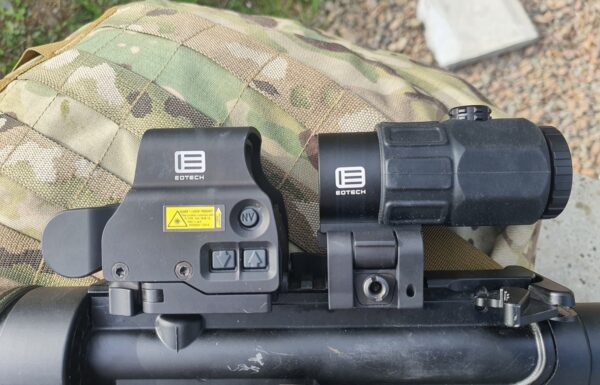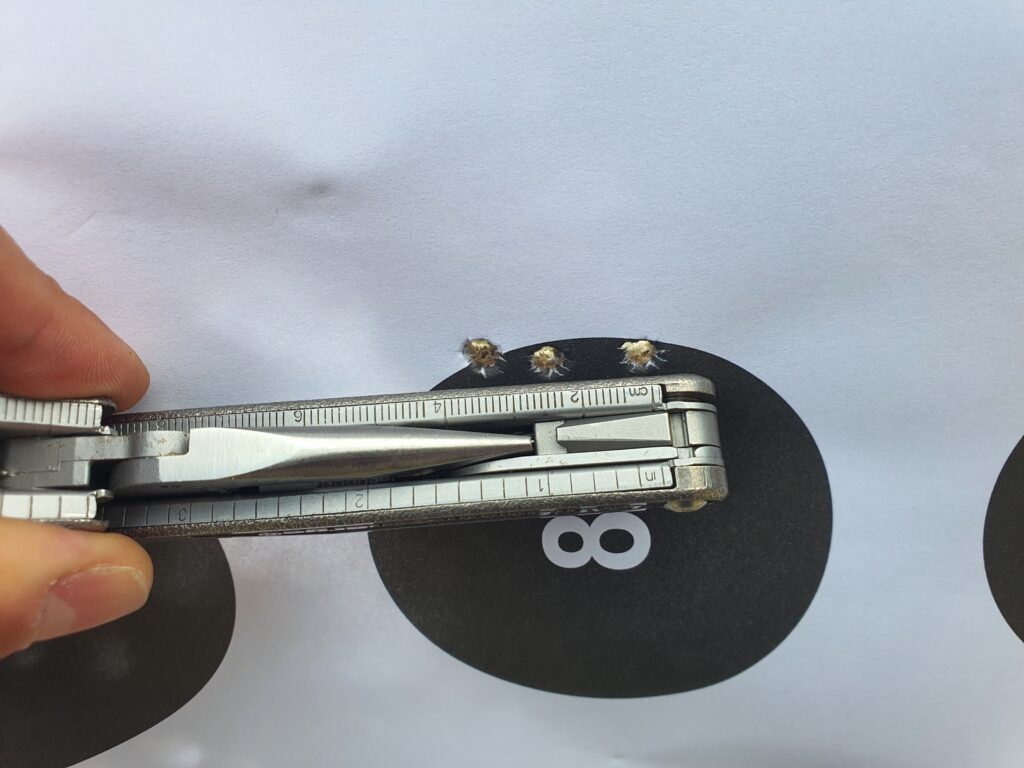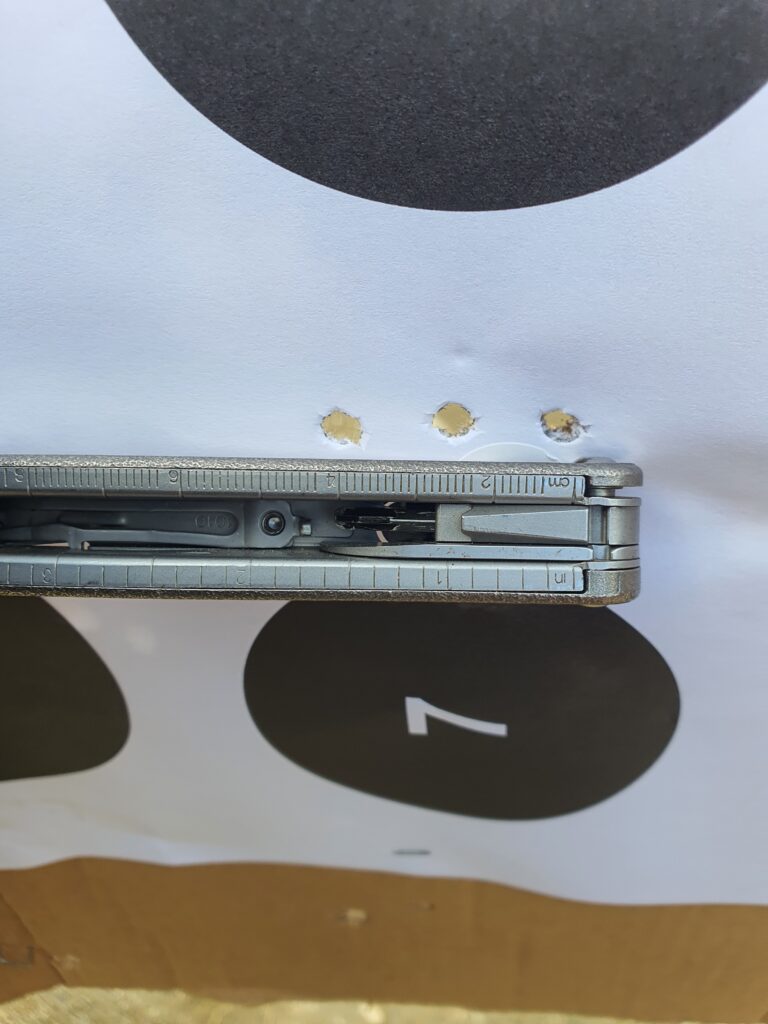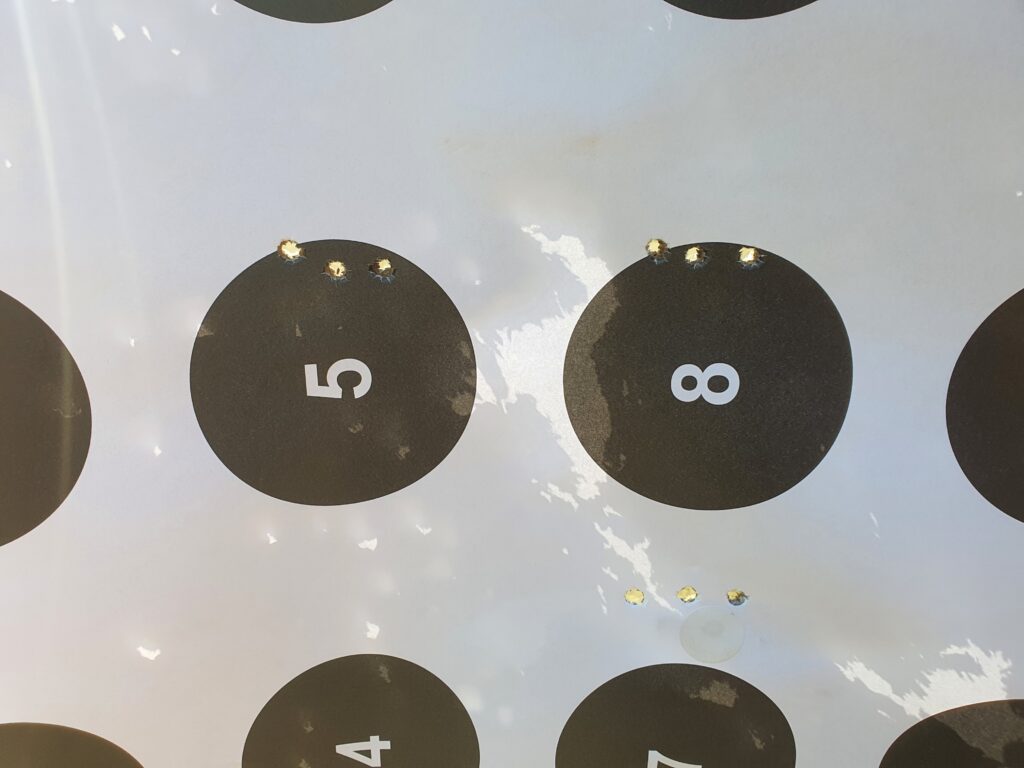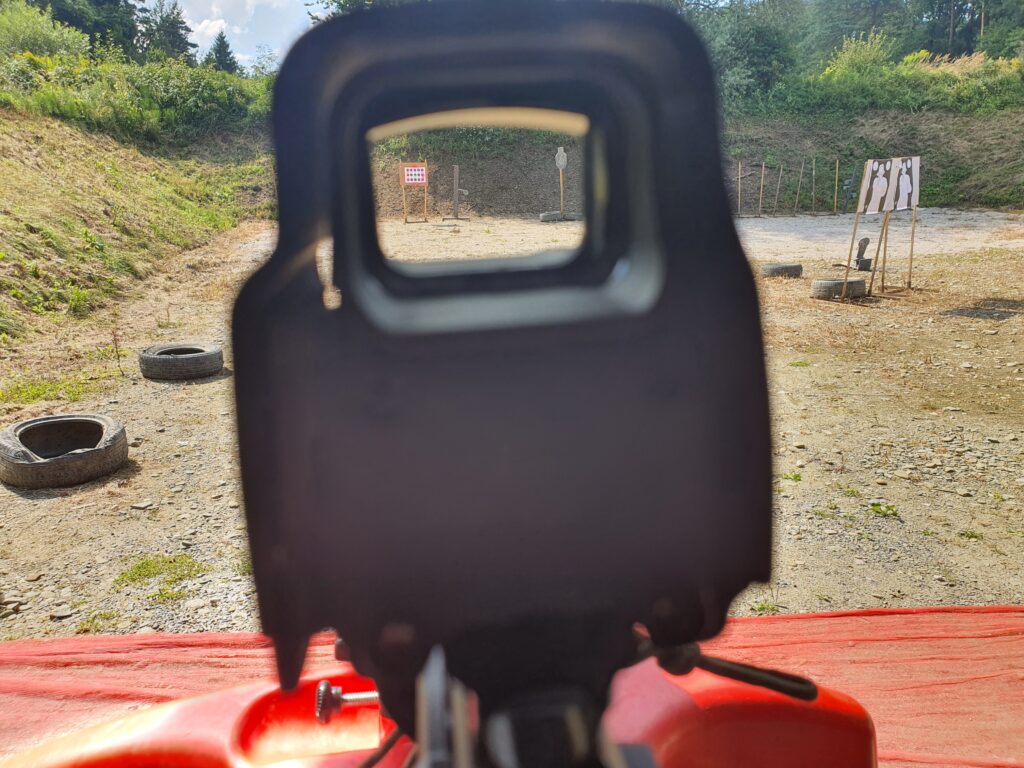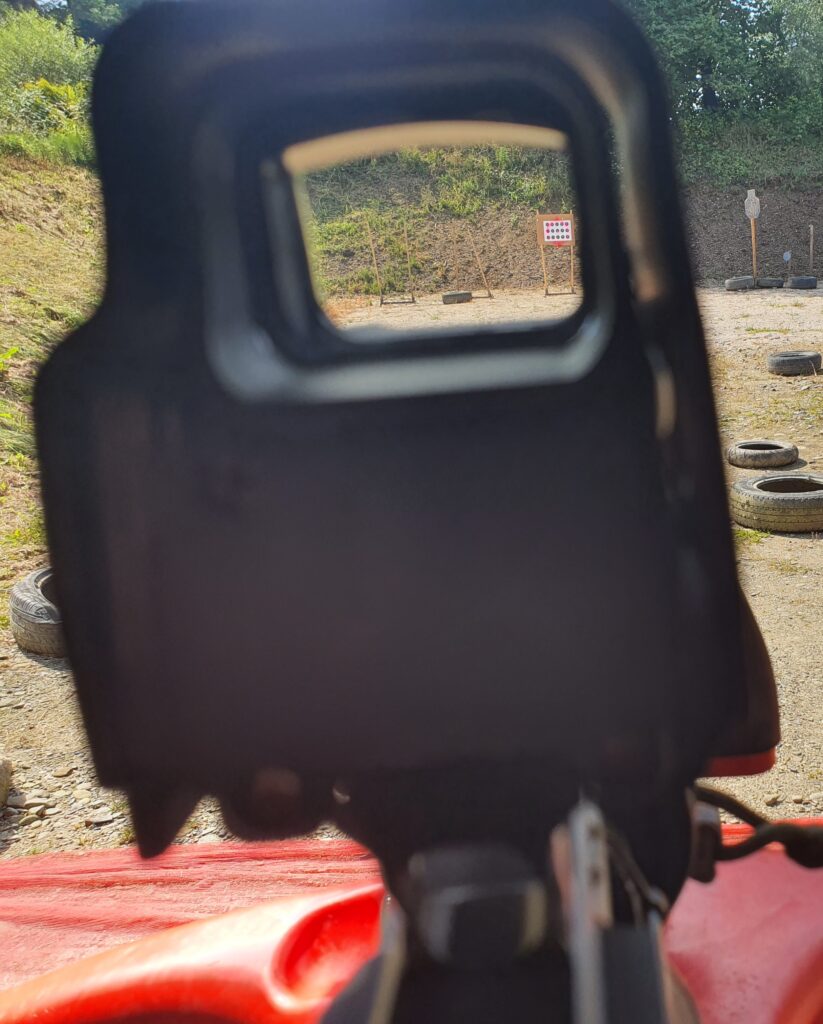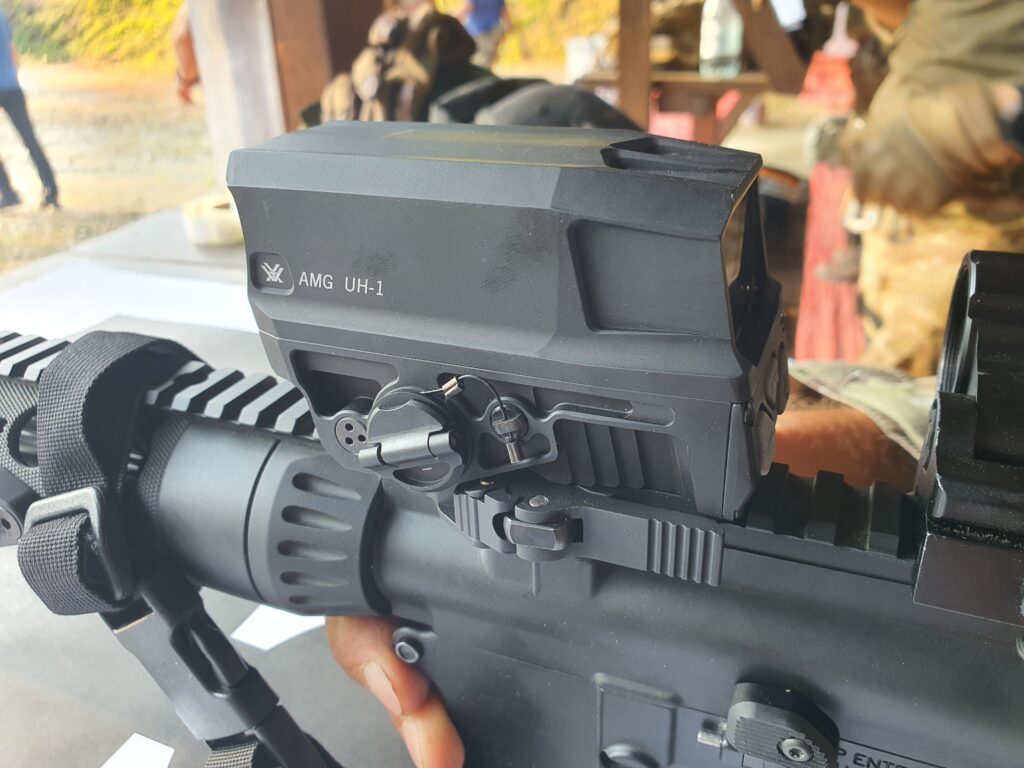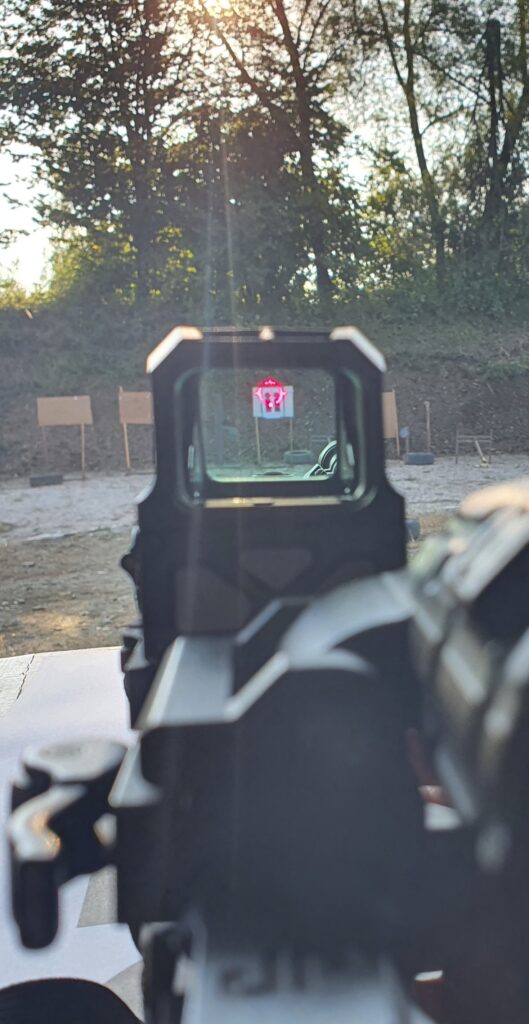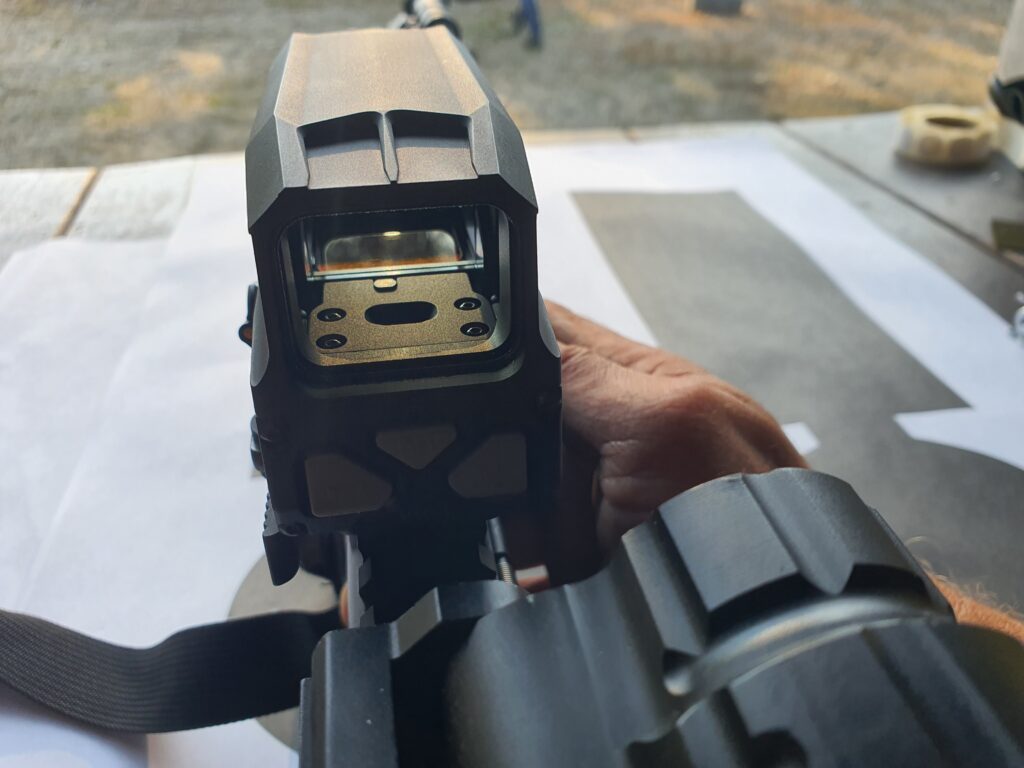History of EOTECH holographic sight
Vehicular Equipment Origins
The history of the development of holographic sights dates back to 1972. That year, the University of Michigan established the Environmental Research Institute of Michigan (ERIM) in Ann Arbor, which emerged from environmental and military research on remote sensing, radar, and holography. In 1986, ERIM introduced a holographic sight designed for use in helicopters and anti-aircraft weapons.
The first incarnation – Bushnell HOLOSight
A company named EOTECH was established in 1995 as a subsidiary of ERIM to apply holographic sight technology to handheld firearms. Thanks to technological advancements and the resulting miniaturization of components, the first Holographic Weapon Sight (HWS) was presented as early as 1996 at the SHOT Show in collaboration with the sports optics leader, Bushnell. The HOLOSight was awarded the Optic of the Year award, gaining recognition among attendees. The innovation also caught the attention of government representatives. Unfortunately, the first incarnation of the HWS was more suitable for sport and recreation rather than military applications. The device was not yet sufficiently sealed and resistant to mechanical damage. Nevertheless, it was a revolutionary solution. One of its more interesting features was the ability to swap out the reticle pattern element. This swap was user-level and allowed the user to choose from several patterns according to their preferences. However, this feature was merely a curiosity, as it did not appear in the company’s later products.
EOTECH battle tests
The holographic sight was continuously improved. The second generation of the HOLOSight saw the light of day in January 2000. The official launch of a variant meeting military requirements took place in 2001. The product once again won the Optic of the Year award. In 2001, the first HWS models reached the hands of the military and police. In 2005, US SOCOM, selected special forces units, and the Marine Corps chose the EOTECH HWS as the preferred sighting system for close combat.
Further development
In the same year, EOTECH was acquired by L-3 Communications (now L-3 Harris), one of the largest defense contractors. Over the following years, EOTECH expanded its product line, introducing, among other things, the VUDU scope series. In 2020, the company separated from L-3 Harris, remaining to this day a leader in holographic sight technology.
What exactly is EOTECH HWS?
Design and operating principle
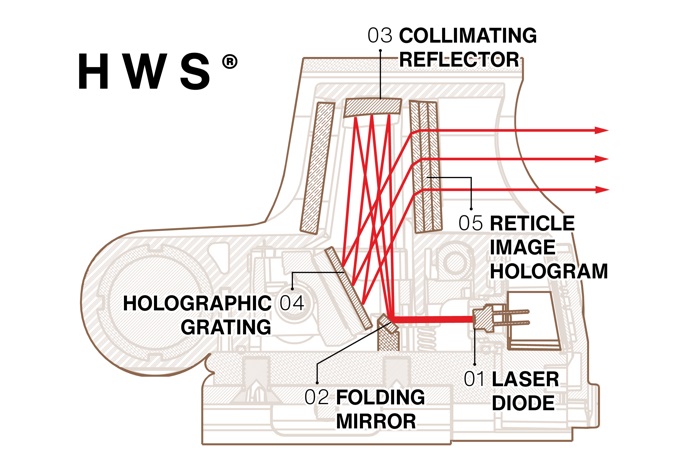
A holographic sight consists of several key components. The main element is the laser light source (1), which emits a laser beam onto a beam-splitting mirror (2) and directs the beam onto a collimating reflector (3). Simply put, this is a concave mirror used to convert the incoming, non-split beam into a parallel beam. The collimated light beam then hits the holographic diffraction grating (4), where the reticle image, stored in the form of a hologram, is reconstructed. The hologram is illuminated by the laser, and the reticle image is displayed on a lens (5), allowing the shooter to see the aiming point in the form of a dot, cross, or other pattern, which in the case of EOTECH holographic sights is displayed at a distance of 200 meters.
Parallax Error
One of the main features that convince shooters to purchase holographic sights is the absence of parallax.
Parallax error is an aiming error caused by looking at the target through the reticle from an off-axis angle. This phenomenon is the apparent shift in the position of an object when observed from two different viewpoints. In optical sights, it manifests when the reticle does not align with the point of impact if the eye is positioned at the edge of the sight’s image. This phenomenon is often observed in the cheapest red dot sights, although it is present to some extent even in more expensive products. You can easily check for this on your own sight. Simply fix the sight in place and aim the reticle at a specific point. If at any point while looking through the sight, the reticle does not align with the point it was aimed at, you are experiencing parallax error.
Unfortunately, this issue has not been completely eliminated, as is sometimes claimed regarding holographic sights. The manufacturer of EOTECH holographic sights admits that the aiming error can be as much as 4.5 cm at 23 meters. However, the parallax effect works quite differently compared to any other type of sight.
In the case of reflex sights, the reticle is displayed to the user on the front lens of the sight (through the reflection of the light beam back to the eye), which causes an angular V-shaped view of the target when looking at, for example, a dot at the edge of the window. In holographic sights, the reticle is displayed at a distance of 200 meters, meaning that parallax takes the shape of an inverted V. At the target’s distance, the parallax is zero, and the largest parallax occurs near the sight itself, which, due to the size of close targets, can be considered an insignificant parameter. The graphic below illustrates this phenomenon.

Advantages and disadvantages
Advantages
Unfortunately, holographic sights are complex devices, making them expensive to produce. In return, we get equipment with features desired by specialists around the world:
- The reticle image is generated in such a way that it appears to be superimposed on the distant target,
- The sight’s lenses are not coated with any reflective layers, so the image perceived by the eye is much closer to a natural view,
- Variants with different reticle designs are available,
- 20 brightness levels in the case of EOTECH and 11 in the Vortex UH-1, with an additional NV (Night Vision) mode that allows the sight to be used with night vision devices,
- A large sight window provides much greater situational awareness, making it easier to acquire the target,
- Reduced parallax error compared to some reflex sights,
- The large window and reticle display method do not require the shooter to look perfectly straight through the sight to spot the target and make an accurate shot,
- A sturdy design protects the sight from mechanical damage, water, mud, and snow,
- A damaged lens will not affect the reticle display, which will still be visible in the undamaged portion
- A 1 MOA dot reticle allows for more precise aiming at longer distances,
Disadvantages
Unfortunately, holographic sights also have their drawbacks:
- High price,
- The laser needed to display the reticle consumes much more energy than the LED used in reflex sights,
- Despite the very sturdy construction, there can be instances where internal lenses shift, making the sight ineffective,
- Vision impairments such as astigmatism make the use of both holographic and reflex sights quite difficult, as the reticle becomes blurred on the target,
- Overheating and freezing can negatively affect the sight’s performance, although this issue was much more noticeable in older sights – newer designs seem to have overcome this problem
How holographic sights perform in practice
Image clarity
When mounting a sight on a firearm, the primary concern is how much the sight will improve the ability to hit the target. The first thing that came to mind when I first looked through the HWS was how easy and natural it was to see both the reticle and the target behind it. It took many years and comparisons with other designs to truly appreciate this. The lens in holographic sights is transparent and, due to the technology, does not require any coating, resulting in an image as close to natural as possible. Finding the target and aligning the sight with it does not alter colors or the perception of the field of view. The target appearing in the reticle looks natural, which greatly facilitates quick targeting and decision-making when taking a shot. In reflex sights, the reticle is projected onto a lens that must be coated with a layer that reflects the light from the LED.
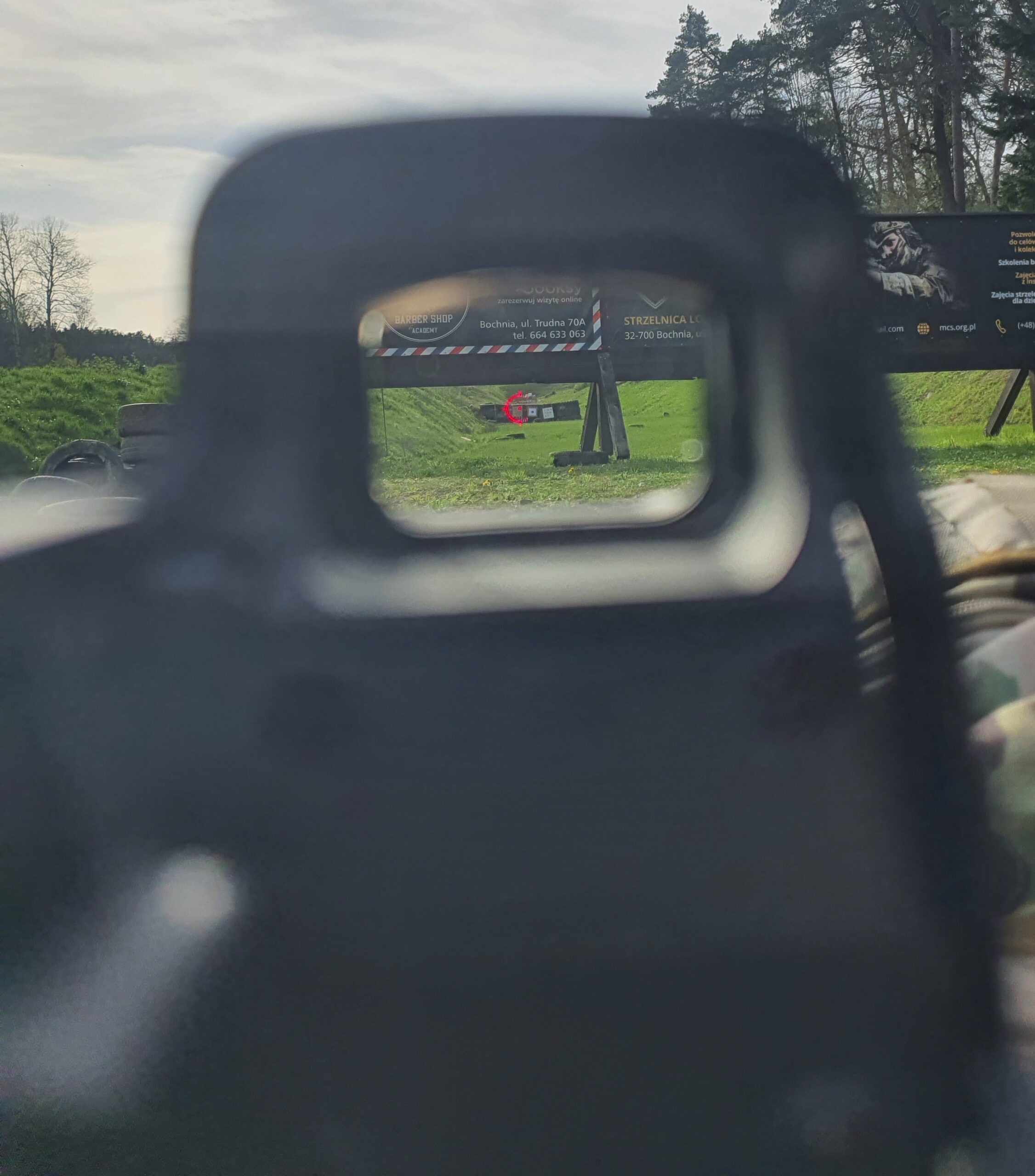
Is a wide window important?
The sight window is very large, and the frame around the ‘screen’ is set away from the central point, so it does not interfere with aiming. When targeting, we can see a significant portion of the field of view (the field of view through the lenses at a distance of 100 yards, or 91 meters, is 28 meters). Many people might say that this doesn’t matter when shooting with both eyes open. However, being able to see the target entering the sight much earlier makes it significantly easier to engage. In terms of target acquisition at close range, holographic sights are definitely the fastest. At longer distances, where we focus on both the target and the dot, it’s much better when a larger portion of the field of view is visible.
Durability
In terms of durability, it’s hard to compare EOTECH holographic sights to other sights for the simple reason that I haven’t come across aiming devices that have endured as much as the HWS. Used for years by most special forces units around the world, in all weather conditions, they simply work. There are occasional issues like prism detachment or a blurry reticle, but these occurred in devices that had been in use for many years and certainly weren’t treated gently. In the older 512 version, you had to remember to dry out the sight after multiple submersions because the rusted battery springs wouldn’t conduct electricity. After simple maintenance, the sight worked again.
Battery life
However, it’s important to remember that holographic sights consume batteries relatively quickly, so it’s essential to have a backup power source. The HWS signals a low battery by flashing when the device is turned on. Fortunately, the electronics compensate for poor memory, and the sight automatically shuts off after 4 hours if turned on with the DOWN button, or after 8 hours if turned on with the UP button.
The distinctive EOTECH reticle
In terms of more accurate shooting at longer distances, the size of the dot plays a significant role. In holographic sights, the dot size is 1 MOA, which translates to about 3 cm at 100 meters. With 0.5 MOA adjustments, you can set the sight very precisely, and when shooting, it doesn’t feel like the dot is obscuring the target. Paired with a magnifying attachment, it becomes the fastest device for dynamic shooting while also allowing for fairly accurate engagement of targets up to 300 meters.
Compatibility with night vision devices
Night vision mode is a feature required by uniformed services. Combined with the large window size, it allows for relatively easy target acquisition with the reticle when wearing night vision goggles. The NV mode ensures that no light reflects off the shooter, so even at close range, it won’t reveal their position if the opposing side is using night vision devices.
Challenges related to vision impairments
The main issue that may arise at some point is vision impairments, which unfortunately come with age. They cause the reticle to blur, negatively affecting shooting accuracy.
High price – you get what you pay for
An important factor when choosing a sight is the relatively high price, driven by the complex technological process. However, no one asks a Mercedes owner why they paid so much for four wheels. They’ll still get you from point A to point B—just faster, more comfortably, and reliably.
In summary - is it worth it?
Holographic sights are probably the best-tested and most battle-proven aiming devices. They are an excellent compromise between fast, dynamic shooting at close range—where, in my opinion, nothing can compare to them—and sufficiently accurate shooting at longer distances. Combined with features for compatibility with night vision devices, they are tools that allow shooting in any conditions.
We thank EOTECH for providing diagrams explaining the principles of holographic sights. The official distributor of the brand’s products in Poland is Griffin Group Defence.
Advertising cooperation


